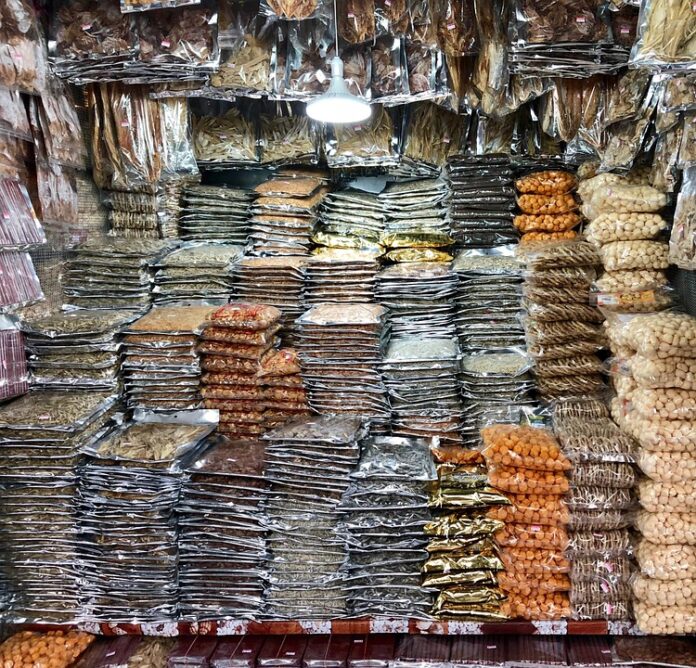Paper and Fiber Based Packaging Replaces Plastic in Many Categories
The shift towards more sustainable packaging solutions has been gaining momentum in recent years, with paper and fiber-based packaging emerging as popular alternatives to traditional plastic packaging. This trend is driven by growing consumer demand for eco-friendly products, as well as increasing regulatory pressure to reduce plastic waste and pollution.
Industry Overview
The global packaging industry is undergoing a significant transformation, with a growing focus on sustainability and environmental responsibility. According to a report by Grand View Research, the global sustainable packaging market is expected to reach $396.76 billion by 2027, with a compound annual growth rate of 6.1%.
One of the key drivers of this growth is the increasing adoption of paper and fiber-based packaging solutions. These materials are renewable, biodegradable, and recyclable, making them a more environmentally friendly option compared to traditional plastic packaging.
Financial Data
Several major companies in the packaging industry have been investing in paper and fiber-based packaging solutions in response to consumer demand for sustainable packaging options. For example, multinational corporations like Tetra Pak and Smurfit Kappa have been leading the way in developing innovative paper-based packaging solutions for a wide range of products.
In 2020, Tetra Pak reported net sales of €11.2 billion, with a strong focus on sustainable packaging solutions. The company has been investing heavily in research and development to expand its portfolio of paper-based packaging products, such as cartons made from renewable materials.
Smurfit Kappa, another major player in the packaging industry, reported revenue of €8.5 billion in 2020. The company has been actively promoting its sustainable packaging solutions, including paper-based packaging made from recycled materials.
Industry Insights
Paper and fiber-based packaging solutions are increasingly replacing plastic in many categories, including food and beverage, personal care, and household products. These materials offer several advantages, such as being lightweight, durable, and customizable, making them a versatile option for a wide range of products.
In the food and beverage industry, paper-based packaging is becoming increasingly popular for products like juices, dairy products, and snacks. Companies are leveraging the natural and eco-friendly image of paper packaging to attract environmentally conscious consumers and differentiate their products in the market.
In the personal care industry, brands are transitioning towards paper-based packaging for products like cosmetics, skincare, and toiletries. Paper packaging offers a premium and sustainable look, appealing to consumers who prioritize eco-friendly and ethical products.
In the household products category, paper-based packaging is being used for items like cleaning products, pet supplies, and home essentials. Brands are recognizing the importance of sustainable packaging in building brand loyalty and meeting consumer expectations for environmentally responsible products.
Conclusion
In conclusion, the shift towards paper and fiber-based packaging solutions is a positive development for the packaging industry and the environment. Companies that invest in sustainable packaging options are not only meeting consumer demand for eco-friendly products but also contributing to the reduction of plastic waste and pollution.
As more companies embrace paper and fiber-based packaging, we can expect to see continued innovation and growth in this sector. With the support of consumers, regulators, and industry leaders, the transition towards more sustainable packaging solutions is well underway, paving the way for a more environmentally friendly future.




